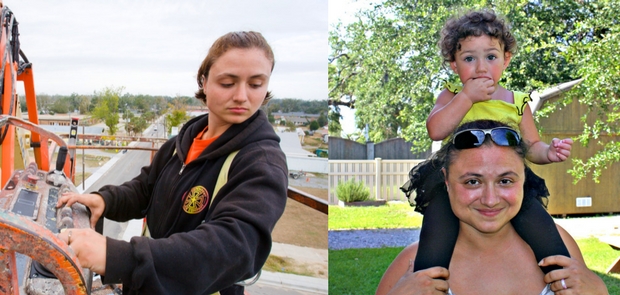More Investments Are Needed to Expand Child Care Assistance for Low-Income Families, New NWLC State-by-State Report Shows
(Washington, D.C.) The infusion of $2.4 billion in new federal child care funding in 2018 reduced the number of children on waiting lists for child care assistance by half, but substantial gaps remain, according to a new state-by-state report by the National Women’s Law Center (NWLC). For example, a family of three with an income above $31,995 still fails to qualify for child care assistance in 13 states. Despite the positive impact of increased child care funds, millions of low-income families still lack access to high-quality, affordable child care.
“The significant boost in child care funding has made a real difference for many low-income parents, their children, and child care providers,” said Karen Schulman, NWLC’s Child Care and Early Learning Research Director. “But too many families still can’t afford this basic necessity. Hundreds of thousands of parents are forced to drop out of the workforce and their children are losing opportunities to get a strong start in life. Federal and state investments in child care must be increased so that all families can succeed.”
Early Progress: State Child Care Assistance Policies 2019 examines five key aspects of the subsidy programs that help low-income families pay for child care—income eligibility, waiting lists for assistance, copayments required of parents receiving assistance, payment rates for child care providers, and eligibility for parents searching for a job. These critical factors determine the affordability, accessibility, and quality of assistance in every state and the District of Columbia.
Topline data include:
- The total number of children on state waiting lists for child care assistance decreased by over 132,000 (55 percent) between February 2018 and February 2019.
- Fifteen states had waiting lists or frozen intake for child care assistance in February 2019—despite progress in many states in reducing or eliminating waiting lists between 2018 and 2019. For example, North Carolina’s waiting list declined from 50,742 children in early 2018, but 29,201 children remained on the waiting list in early 2019, and the list grew to 40,204 children in June 2019.
- Twenty-nine states increased payment rates for child care providers serving families receiving child care assistance, with an average increase of over $100 per month per child, between February 2018 and February 2019.
- Despite improvements in payment rates, only four states paid child care providers at federally recommended levels as of February 2019—and many states’ payment rates remained far below recommended levels. Low payment rates make it difficult for providers to support high-quality care for families receiving child care assistance, pay adequate compensation to child care workers, or even stay in business.
- Even with the Child Care and Development Block Grant (CCDBG) funding increase, total funding for child care in 2019—through CCDBG and the Temporary Assistance for Needy Families (TANF) program—remained nearly $1 billion short of the total funding level in 2001 after adjusting for inflation.
NWLC’s child care experts are available for interviews to discuss the broader implications of the report’s findings.
###
For immediate release: November 12, 2019
Contact: Maria Patrick ([email protected]), LySaundra Campbell ([email protected])




